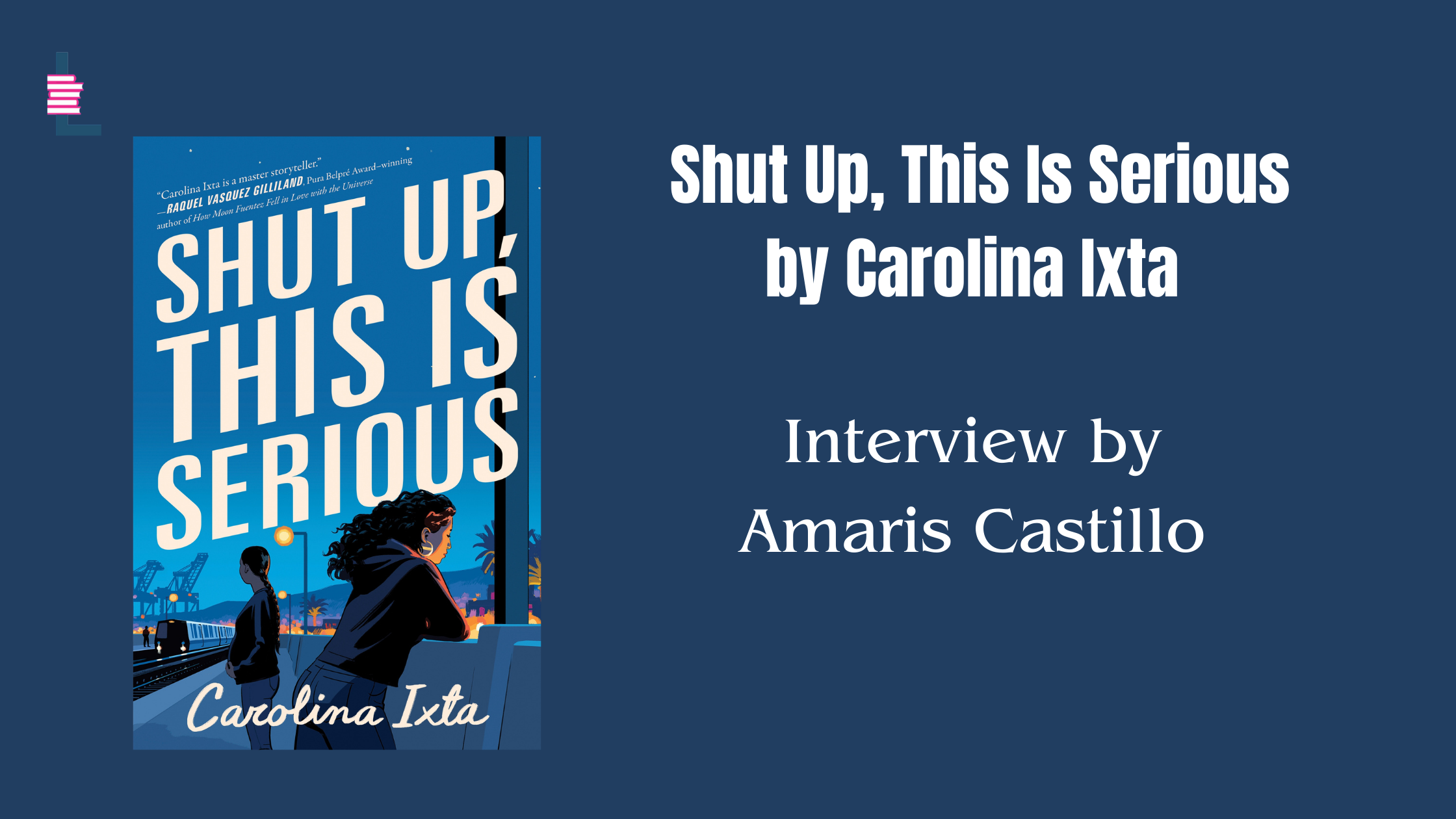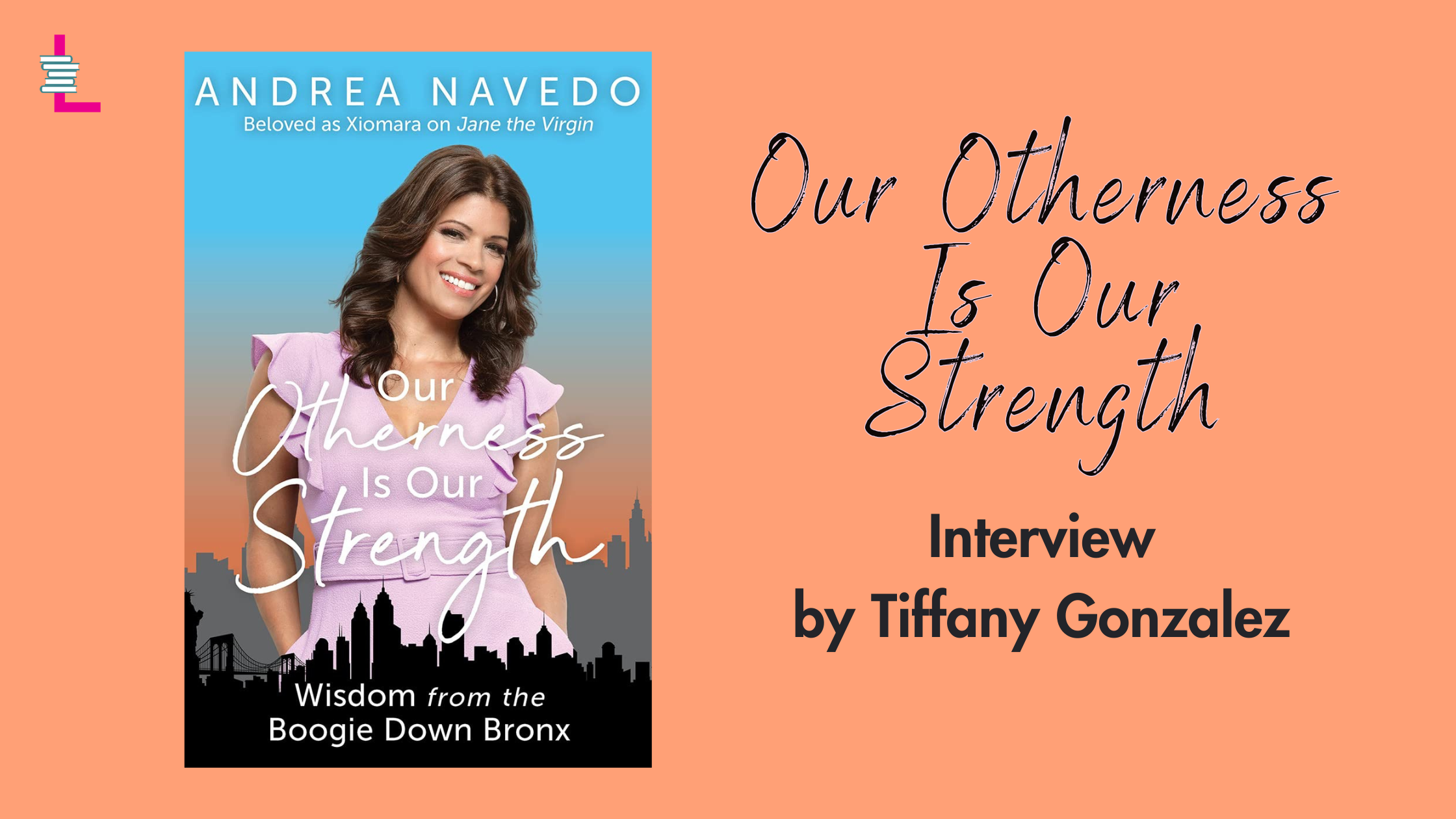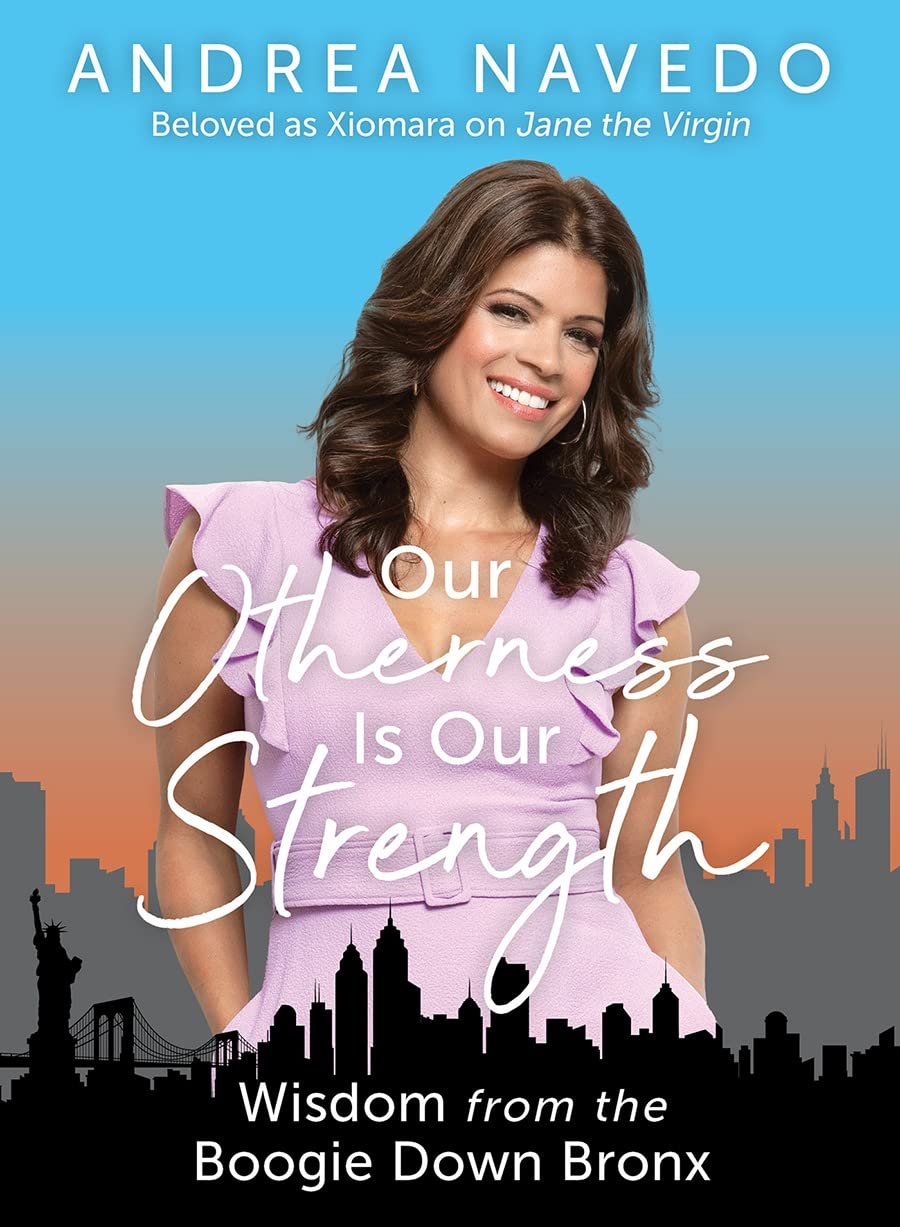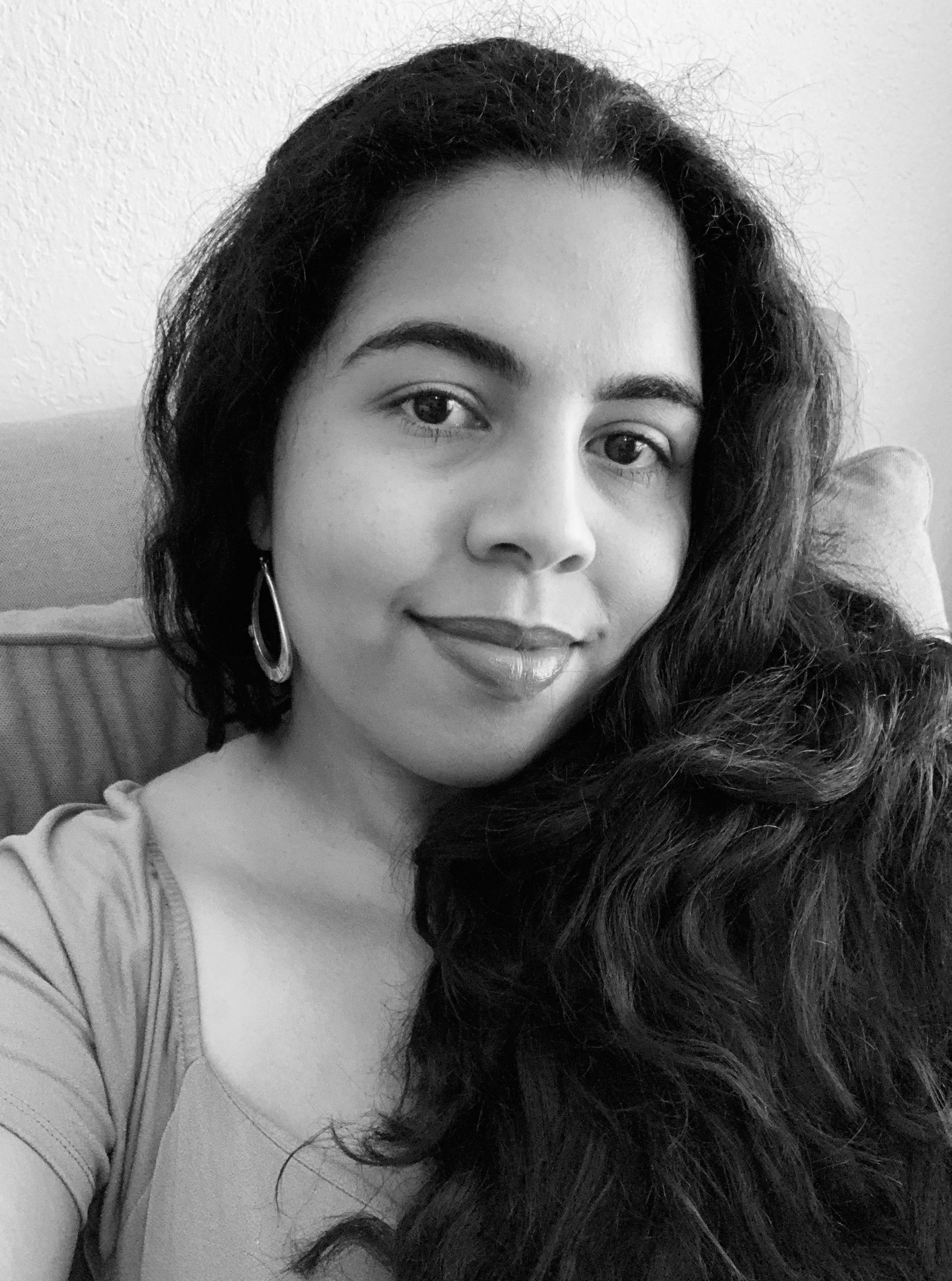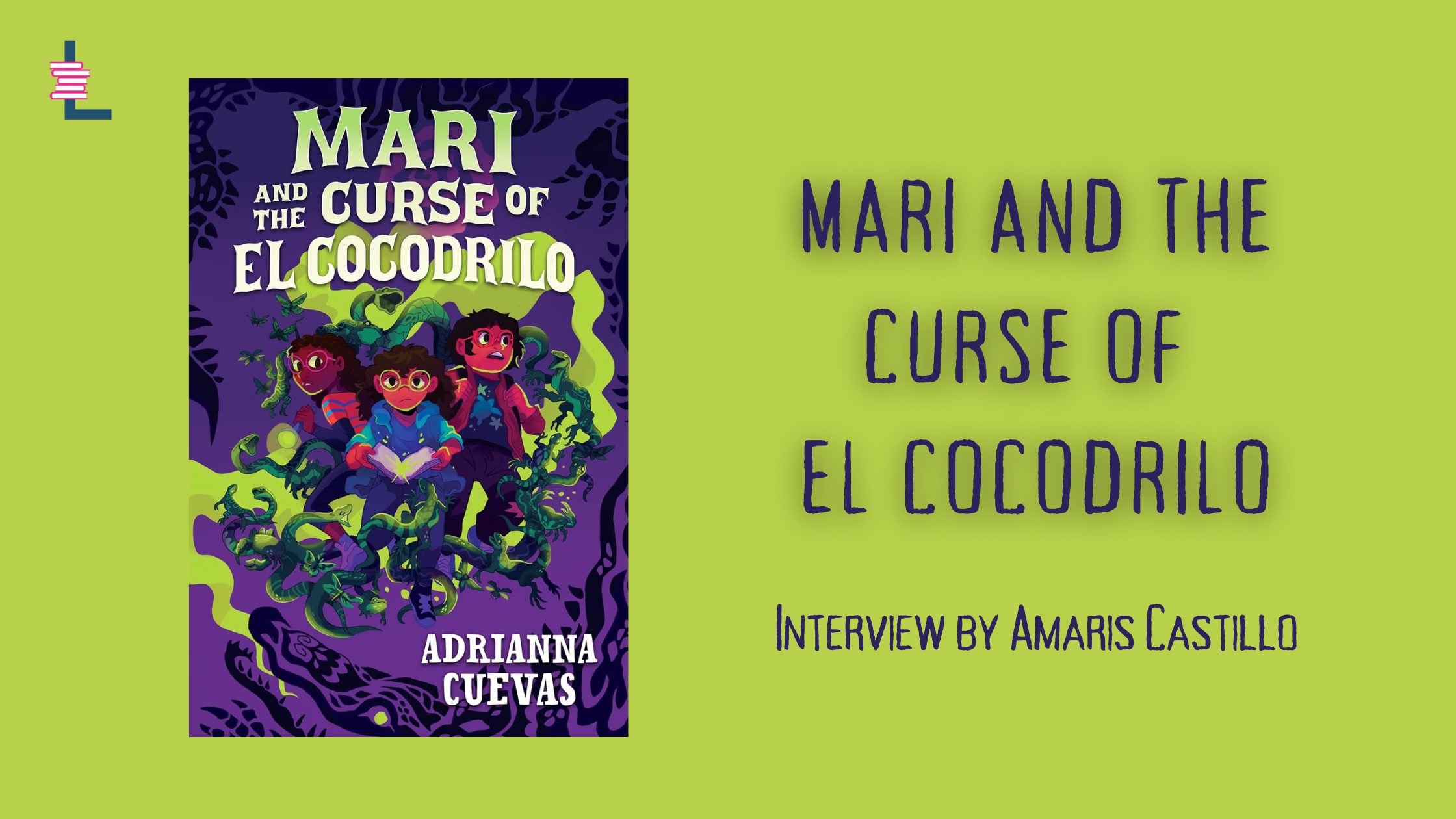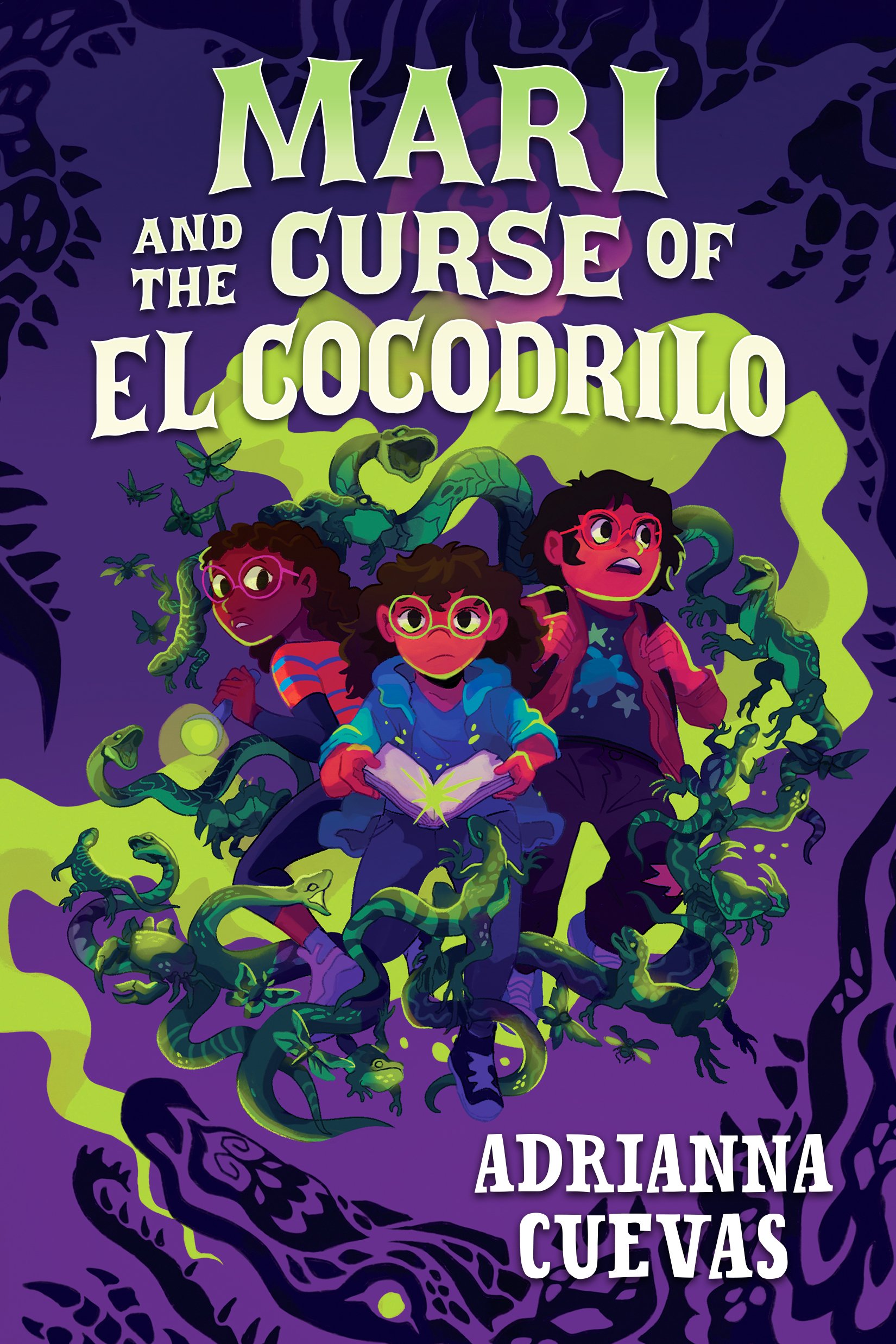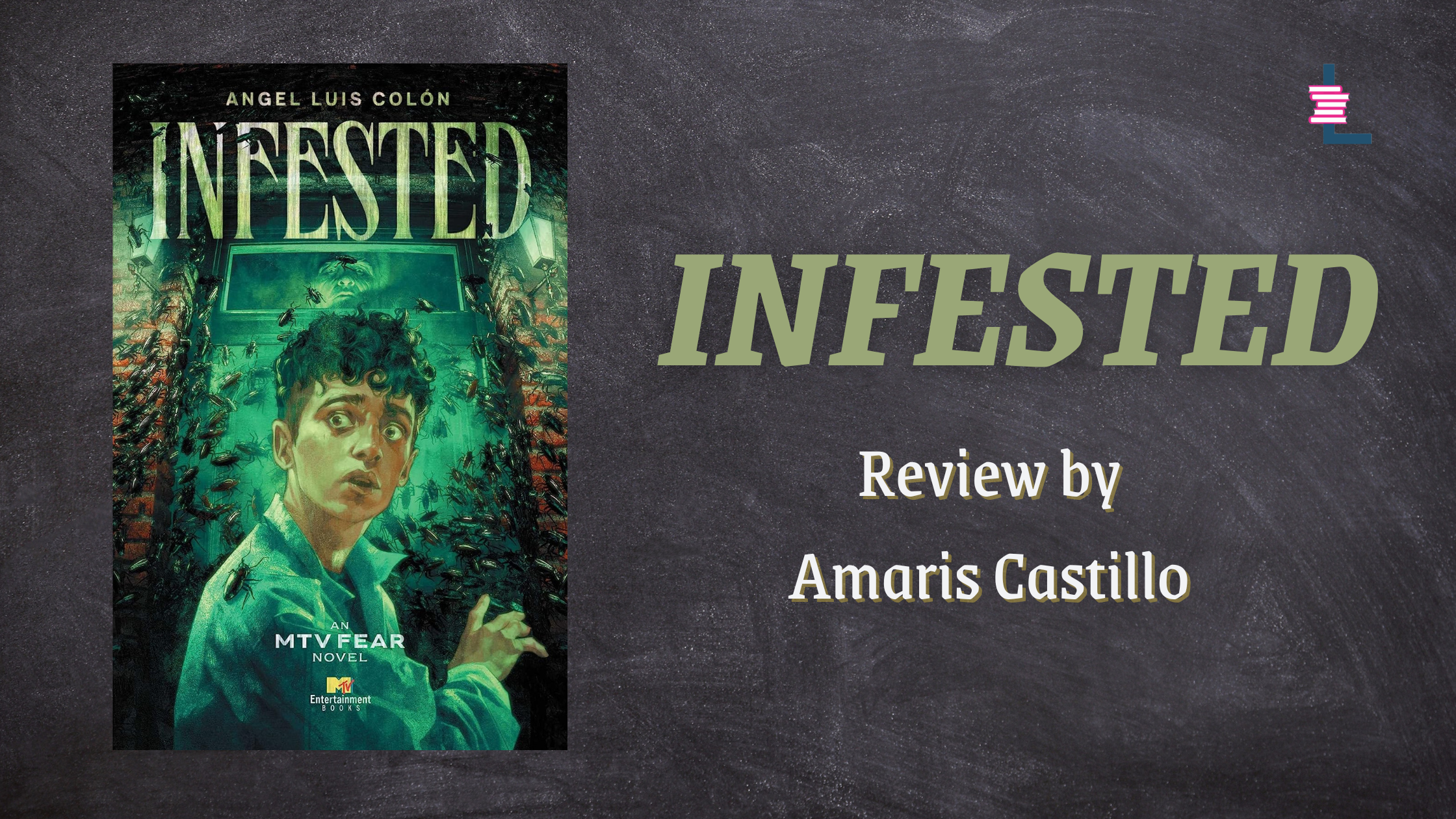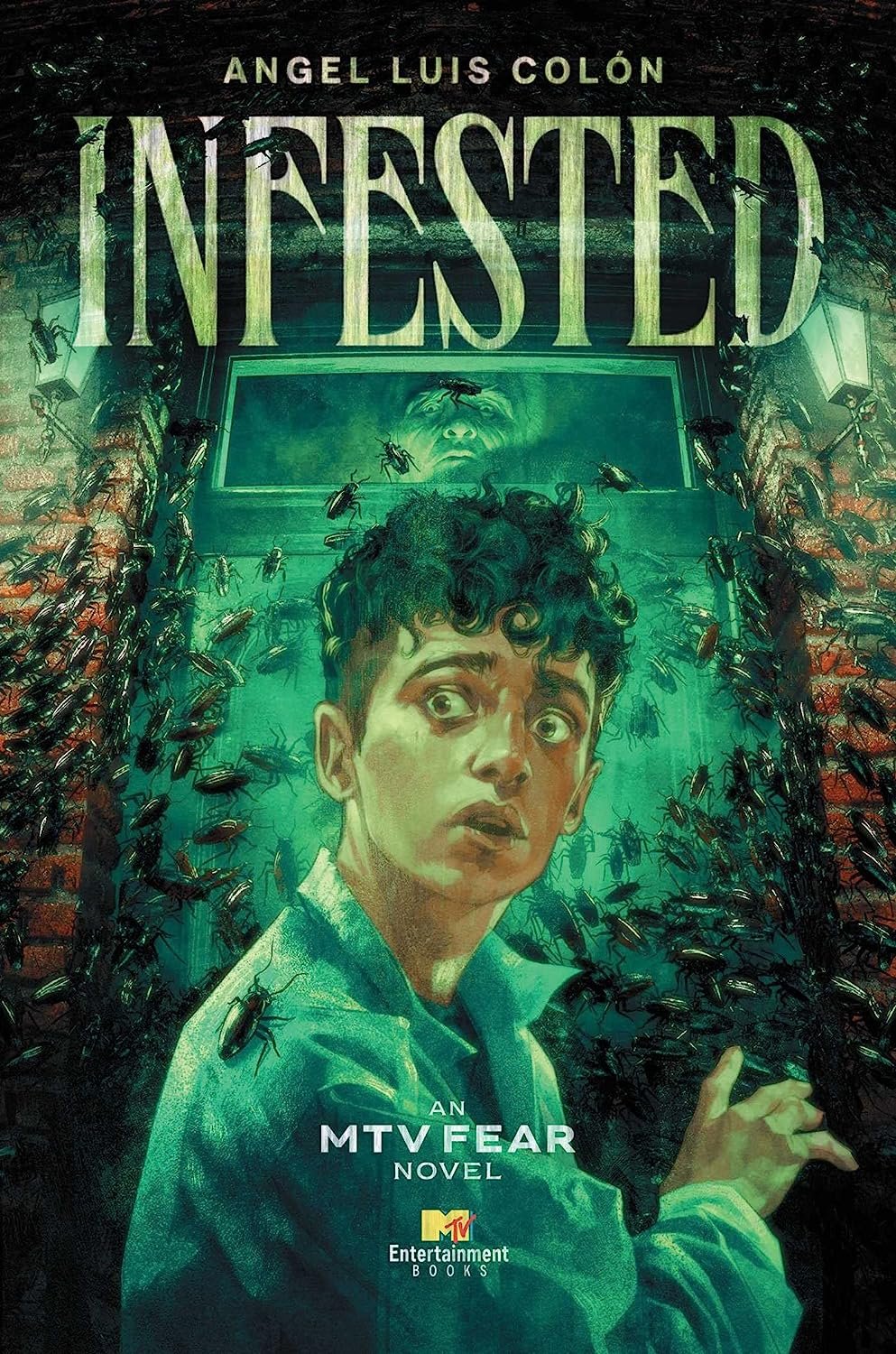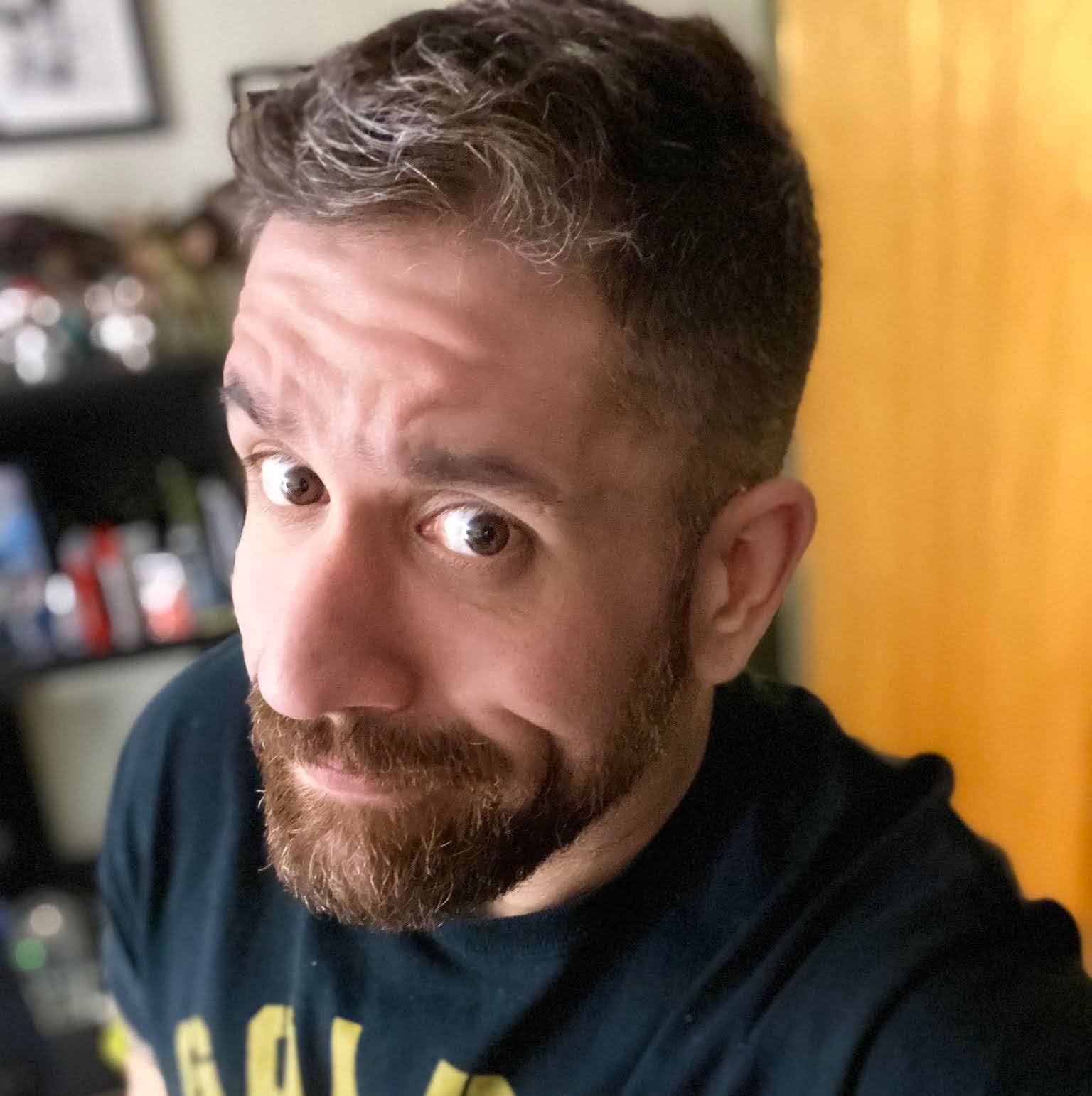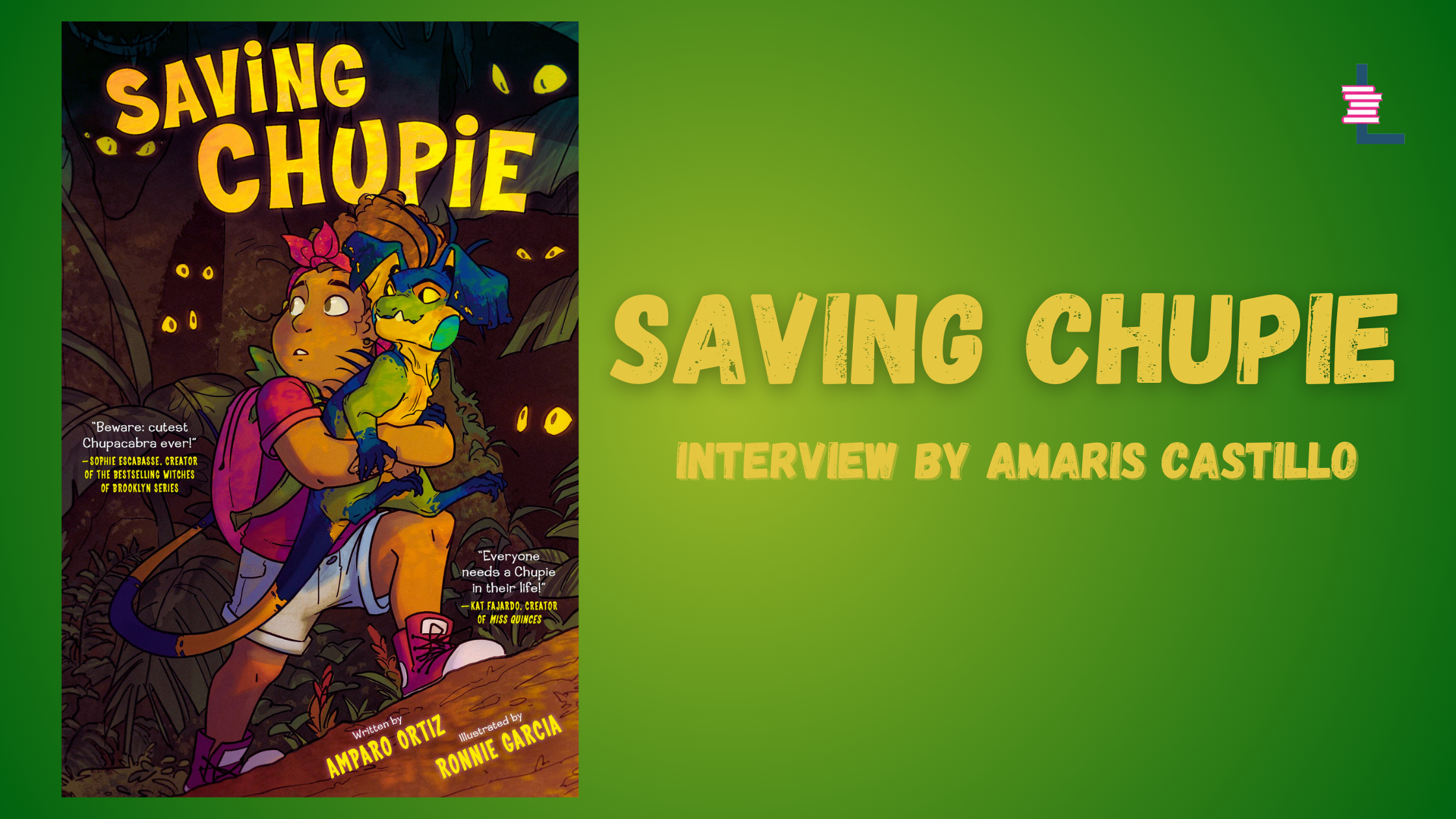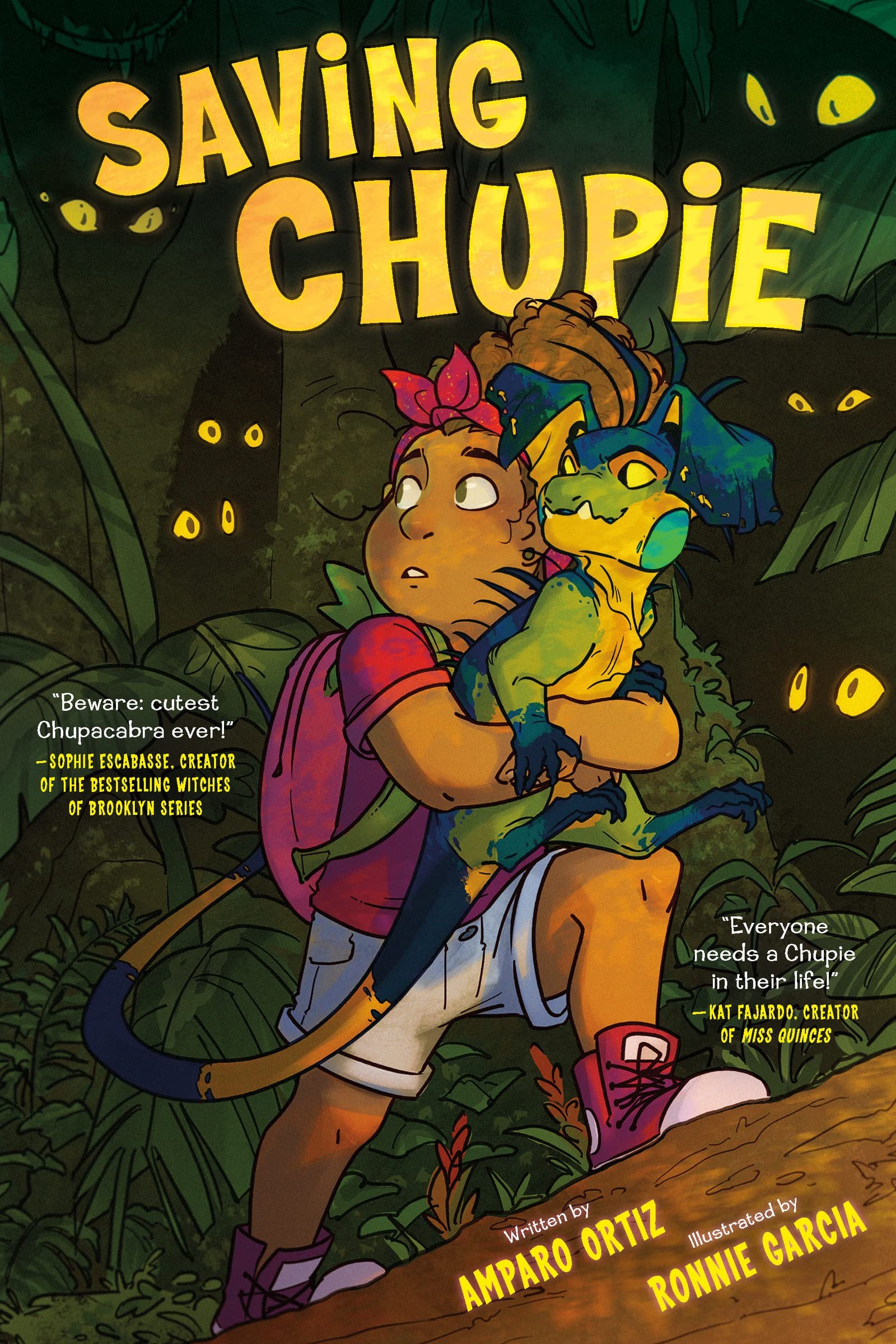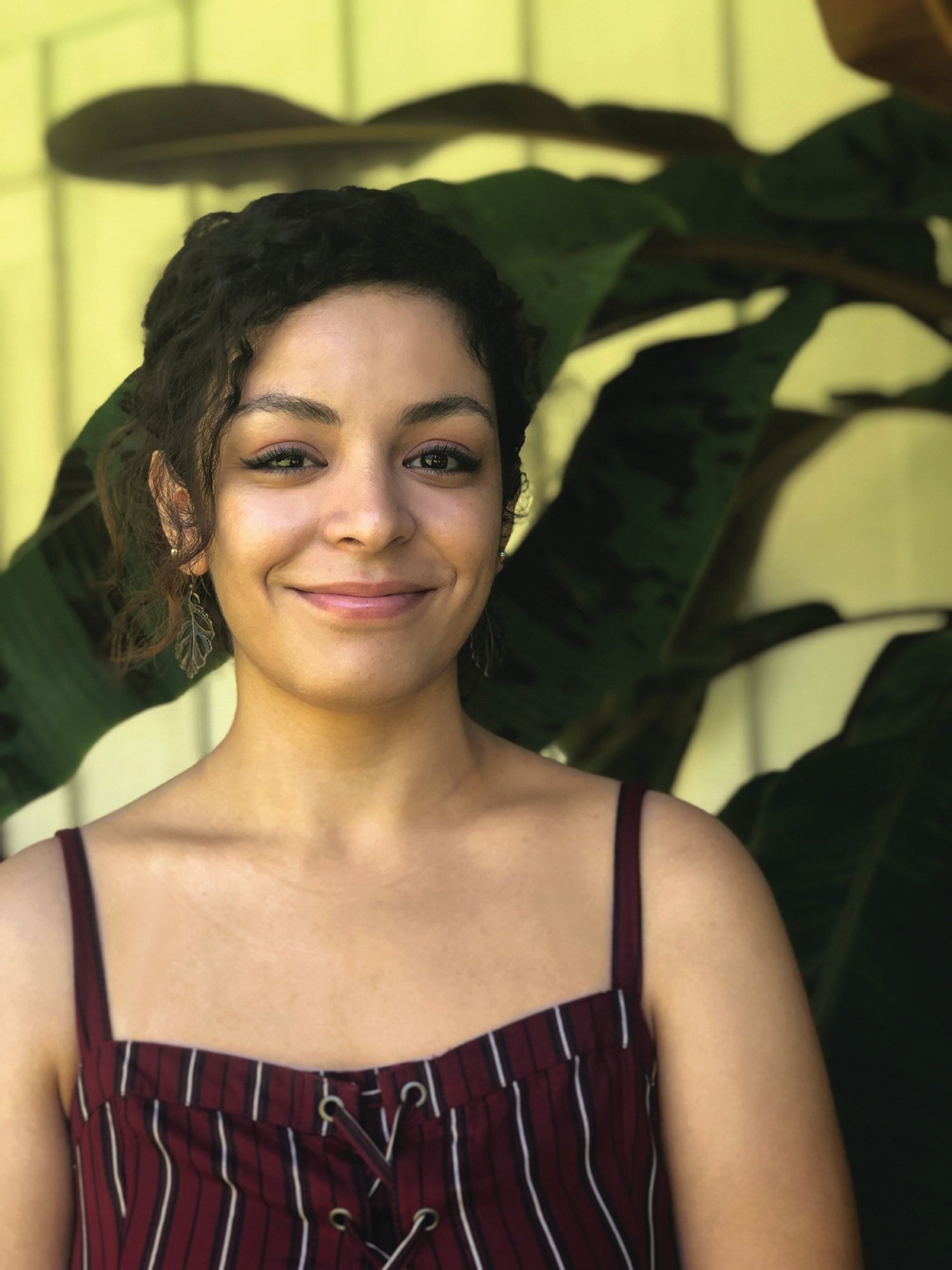In A Maleta Full of Treasures, a young girl named Dulce is watching her abuela pack maletas through a screen. Her paternal grandmother is traveling from Peru soon to visit her in Miami. Dulce hasn’t seen her in three years.
Abuela wants to know: “What would you like me to bring you, mi dulce?”
“Just you,” Dulce responds.
But Abuela promises a surprise. And soon, Dulce is reunited with her grandmother who arrives with suitcases piled high as mountains. They settle at home and begin to open the maletas. Inside them, Dulce finds all kinds of treasures and a sweet, earthy smell. Abuela tells her it’s the scent of home.
From award-winning author Natalia Sylvester and illustrator Juana Medina comes a tender story about cherished family visits and the connections we nurture with people and places dear to us. Reading it felt like a warm embrace.
Out on April 16 from Dial Books for Young Readers, A Maleta Full of Treasures is Sylvester’s first picture book. It was inspired partly by the special visits from relatives who live in Peru and would come to the US to spend time with Sylvester and her family. “They’d bring these suitcases full of candies and letters from family members, and photographs and little trinkets – whatever small gifts they could bring,” the author recalled. “Nothing that was really, I would say, expensive. I treasured them because they were priceless.”
La Maleta De Tesoros – a Spanish version of the forthcoming children’s book – will be published simultaneously.
Sylvester recently spoke with Latinx in Publishing about what inspired her first picture book, what the maleta symbolizes to her, and more.
This interview has been edited for clarity and brevity.
Amaris Castillo (AC): Congratulations on A Maleta Full of Treasures! This is your first picture book after years of writing for adults and teens. Reading it felt like a warm embrace. What inspired you to write this book?
Natalia Sylvester (NS): First of all, thank you for that. I’m so glad that it feels that way because that’s really what I had hoped it would feel. There’s two things that inspired this book. A) We had moved from Peru when I was four. And in the time between when I was four to around 12, we couldn’t go back until we sorted out (paperwork). As immigration, the system is so slow and full of many twists and turns, and ups and downs, that are different for everyone. In our case, it prevented us from going back to Peru for all those years, which was a huge portion of my childhood. And yet it never felt like Peru was absent from my sense of self and from my heart. That was really thanks to my relatives who would come visit. They’d bring these suitcases full of candies and letters from family members, and photographs and little trinkets – whatever small gifts they could bring. Nothing that was really, I would say, expensive. I treasured them because they were priceless.
I remember my mom would ask relatives to bring Peruvian history books so that we could learn about our own history, since we weren’t learning it in US schools. And I wanted to capture that feeling and anticipation, but also the magic of having a relative visit you and all the ways that the home feels different. I remember the smells that they would bring with them. They would fill our house. It was like, that’s what Peru smells like. And I just wanted to celebrate that.
B) It was actually very much inspired by the word ‘maleta.’ When I was writing Running, there was actually a line where one of the characters who is Peruvian-American is eating a candy and she offers it to my main character. I think she ends up saying something like, ‘I have a whole maleta-full back home.’ There was a point in the editing process when somebody asked, ‘Hey, why not just say a whole suitcase-full back home?’ And I thought, Well, no, because this is how we code switch. I don’t actually use the word ‘suitcase.’ Even if I’m speaking English, for me that word is one that’s full of emotion, and full of a specific emotion. It’s very much connected to those Latin American roots. And so I always code switch for that word. To me it’s a ‘maleta.’ And so I wanted to capture that sense of what it means that it’s not just a little literal word.
“...I wanted to capture that feeling and anticipation, but also the magic of having a relative visit you and all the ways that the home feels different. I remember the smells that they would bring with them. They would fill our house. It was like, that’s what Peru smells like. And I just wanted to celebrate that. ”
AC: I can see this story being deeply resonant to families with loved ones who still live in the countries they hail from. I myself remember the excitement of wondering what’s inside a maleta. To you, what does the maleta symbolize?
NS: To me, it symbolizes a sense of home no matter where you go… It symbolizes this connection and this sense of self that we carry with us when you’ve moved from one country to another, when you have loved ones moving between those places to visit you and vice versa, if you happen to be able to go back and visit them. It’s all the things that we carry, and the things that we hold close through that constant travel.
AC: There’s a precious moment in the book when Dulce begins to ration the sweets her abuela brought, basically savoring what’s left. She knows the visit is coming to an end. Tell us about that moment. What were you trying to show to readers?
NS: When my relatives would come over and they’d bring cookies and candies, each of us cousins had our favorites. And obviously, they can only bring so many. There’s always a concern about how much will your maleta weigh? Are you going to go over the weight limit and have to pay extra? And we would never pay extra, so of course we’re not going over the weight limit. You have a finite amount, like anything. It’s not the same as candies you would get here in the US. You can’t just go to the supermarket and get more.
To me, it seemed to also really reflect this idea of, I love that they’re visiting, but I know that they have to go back soon. So you start really trying to enjoy what’s there while it’s there. Los gozas. You try to savor them – not just the candies, but the moments that you have together.
AC: Dulce has never been to the country where her abuela is from, yet she longs for it. It made me think deeply about the ties some of us feel to certain countries and places. What do you make of that longing, and what was it like to put it on the page?
NS: I think it’s something that feels kind of innate. Like I said, I came here when I was four, so my first memories are actually here in the US. And yet the other thing that coexists alongside that is being an immigrant from a very young age, seeing how our family is not yet fitting in, is trying to adapt to this new country, the new language, the new customs, while also trying to stay connected and preserve our own cultures and traditions. Being aware of all that from a young age, I remember having this very distinct feeling of: Even though all I know is here in the US, I also know there’s so much more beyond that, that I left. And that is equally a part of me. I missed Peru even though I didn’t remember it, because my family and parents kept it alive inside of me and through our language and the food we’d eat… I really did long for it.
I remember the very first time we finally went back. And I say ‘first time,’ even though it wasn’t my first time there. But to me it felt like the first time going when I was 12. I was so affected by that, that I got a bag of soil from my mom’s childhood backyard. We were staying at my aunt and uncle’s house, which had been my mom’s childhood home. I went into their backyard and filled a bag with soil, and I took it home with me to the US because I wanted to take that piece of home with me. And I was 12. I didn’t know that you’re not supposed to do that. My mom found out later. She was like, ‘I can’t believe Customs didn’t stop you.’ It was so embedded in me, this idea of, Yes, the US is home and it’s where we’ve made our lives but our roots are also here. And that is equally a part of you. I didn’t feel as complete until I had those two pieces together.
AC: What are you hoping readers take away from A Maleta Full of Treasures?
NS: I do hope they’ll have that warmth and tenderness you spoke about. I would love it if it helps readers feel seen in the same ways that, for example, Juana made me feel seen when I saw her illustrations. In the same way that I felt like when I was younger, reading children’s books, and didn’t necessarily see my family and my home in those books. But when I started to see the spreads of this book, I was like, Oh my God, I didn’t know that could happen. It almost felt like it healed this inner child of mine.
I hope it’ll inspire excitement and get children and their adults to talk about the things that they treasure, and why they treasure them. It was really important to me that these aren’t necessarily treasures of monetary value. They’re treasures that can be small and simple, but are very meaningful. There’s reasons for why they connect to specific people and places that a person loves or cares for, or maybe misses. So I hope it’ll inspire people to express that and value it.
I see stories as comfort, and I hope that that will also bring comfort even to those who might also be missing that home country. Maybe they haven’t gone yet, either. I hope this gives them a sense of hope and helps them feel connected to those loved ones, despite that distance.
Natalia Sylvester is an award-winning author of the young adult novels Breathe and Count Back from Ten and Running and the adult novels Everyone Knows You Go Home and Chasing the Sun. Born in Lima, Peru, she grew up in Miami, Central Florida, and South Texas, and received her BFA from the University of Miami. A Maleta Full of Treasures is her first picture book.
Juana Medina is the creator of the Pura Belpré award-winning chapter book Juana & Lucas and many other titles and has illustrated numerous picture books, including ‘Twas the Night Before Pride and Smick! Born and raised in Bogotá, Colombia, Juana Medina now lives with her family in the Washington D.C. area.
Amaris Castillo is an award-winning journalist, writer, and the creator of Bodega Stories, a series featuring real stories from the corner store. Her writing has appeared in La Galería Magazine, Aster(ix) Journal, Spanglish Voces, PALABRITAS, Dominican Moms Be Like… (part of the Dominican Writers Association’s #DWACuenticos chapbook series), and most recently Quislaona: A Dominican Fantasy Anthology and Sana, Sana: Latinx Pain and Radical Visions for Healing and Justice. Her short story, “El Don,” was a prize finalist for the 2022 Elizabeth Nunez Caribbean-American Writers’ Prize by the Brooklyn Caribbean Literary Festival. She is a proud member of Latinx in Publishing’s Writers Mentorship Class of 2023 and lives in Florida with her family and dog.









